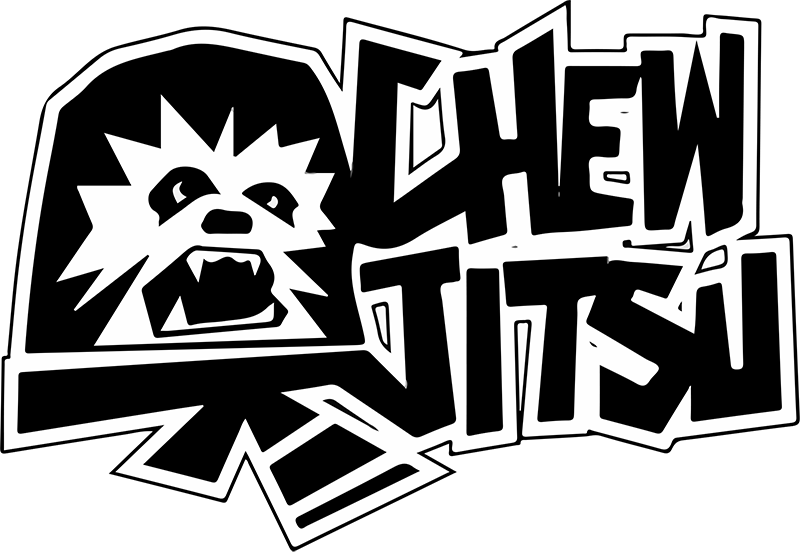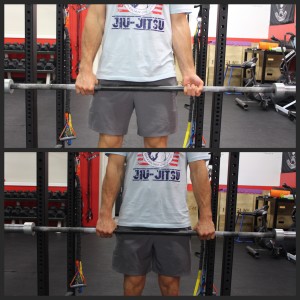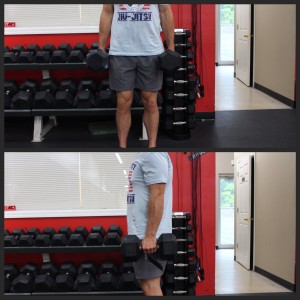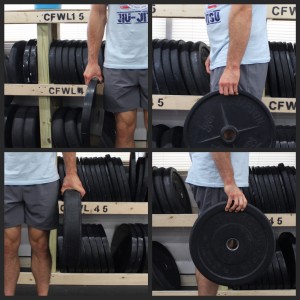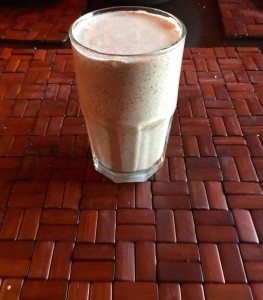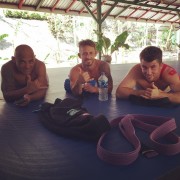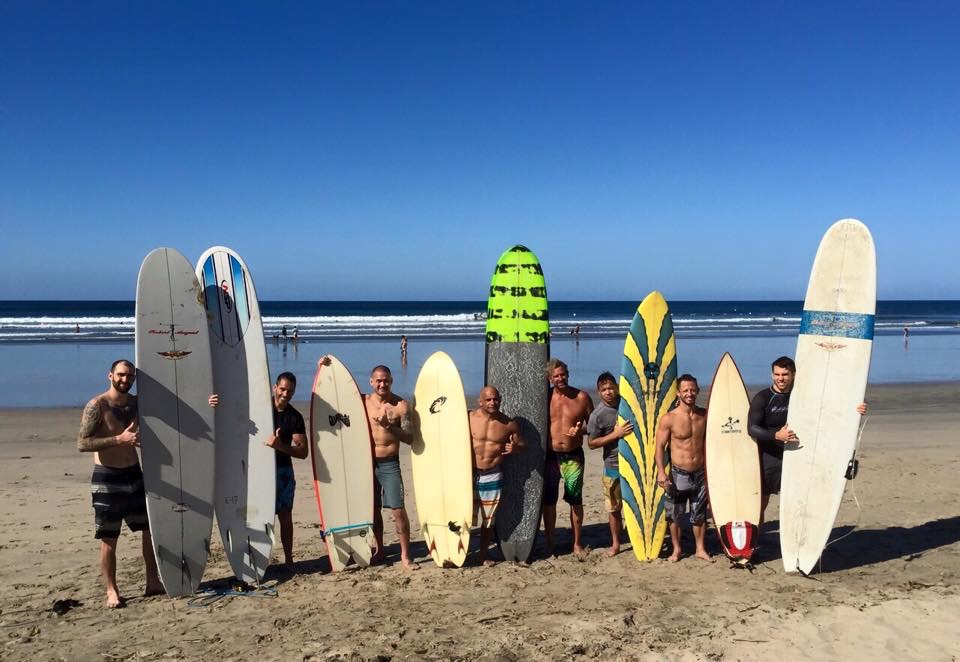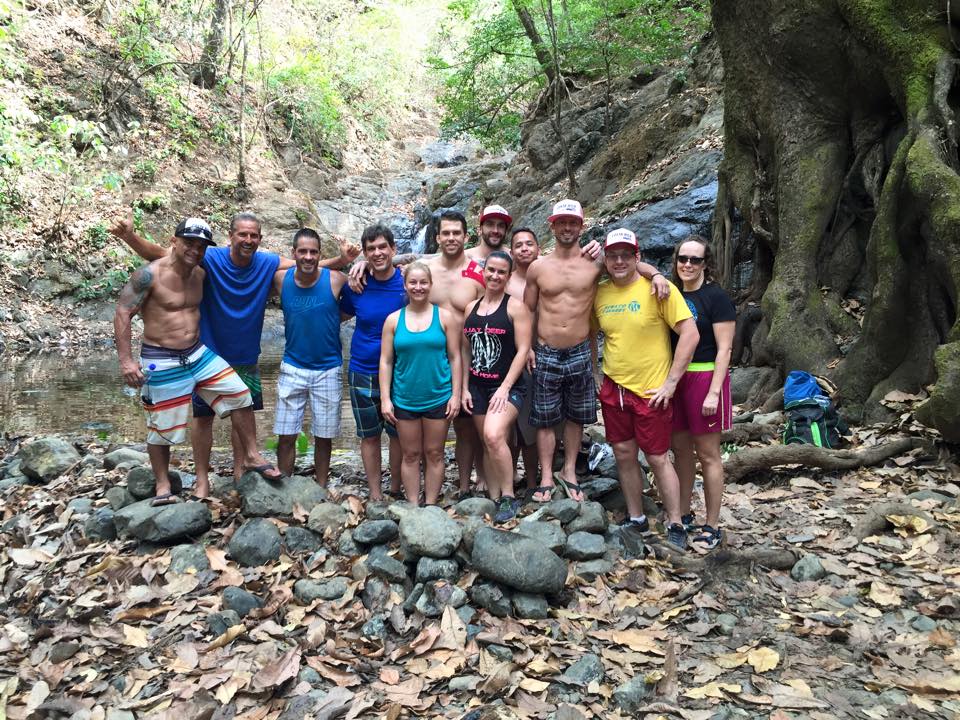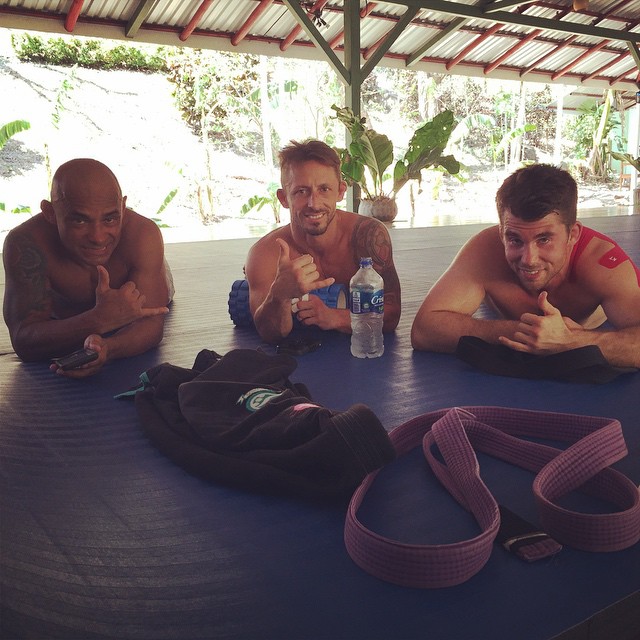Training BJJ After a Meniscus Tear
Training BJJ After a Meniscus Tear
What’s it like training BJJ after a meniscus injury? How long after surgery before I’m back on the mats? Will my knee ever be 100% again? These are some the commonly asked questions that I get from my blog and some of my videos. If you’re reading this I’m sure you’re probably experiencing some sort of issue with your knee.
I’ve had the unfortunate luck to have experienced two tears. A lateral tear when I was 19 on my right knee, and a medial tear on the left last year. Both knees had arthroscopic surgery performed on them to shave down the meniscus. Rather than a repair.
I’m not a doctor and I can’t diagnose your issue. But I know that getting injured, being forced off the mats and getting ready for surgery is frustrating. So I’m going to share my experiences to give you an idea of what to expect in case you are currently experiencing a tear yourself.
The Symptoms I experienced
- A general uneasiness with my knee
- Knee locking out
- Inability to fully straighten my leg
- Inability to fully bend my leg
- Pain ranging from a dull ache to sharp shooting pains when it locked up
*It’s worth noting that I didn’t have much swelling in either case.
The Surgery
The surgery itself was pretty easy pretty easy. In fact my most recent surgery was at 7:30 AM and I was home eating lunch by 12:30 PM. After both surgeries I was up moving around within the first day albeit with some discomfort. In both cases though I was up on my feet walking within the first week.
Training after surgery
When it came to getting back to BJJ after surgery. I competed exactly 6 weeks after the first surgery. Keep in mind I was a 19 year old kid and didn’t make the best decisions. I wouldn’t advise this.
After the surgery last year I was on the mat a week later. I wasn’t rolling. I was teaching people and helping run classes. I just like being in the gym with everyone. I tried to be a bit smarter this time and waited 4 weeks and then started to drill techniques lightly with absolutely no rolling.
Getting Back to Normal
When getting back to training like normal it’s best to side with caution. It was about 8 weeks for me till I felt like normal, and even then I still had some residual tenderness in my knee. For some of you junkies out there I know this time spent healing will be frustrating and you most likely feel it’s time wasted or time lost, but it’s important that you allow your body the necessary time to recover so that you don’t run into the same injury again. Even once I got back to normal training, if I felt something in my knee, regardless of how small, I would stop training that day. So be sure to listen to your body and put special attention towards your physical therapy work.
Your body is out of commission but not your mind is not. You’re never quite as hungry to train as when you physically can’t train. So harness that energy anyway you can by preparing for when you get back.
Things you can do while you’re waiting for your leg to heal.
- Plot out BJJ tournaments for when you make your return
- Watch videos to try and get ideas for new moves to work on for when you come back
- Make a list of techniques you want to drill once you get back
- PT work to make sure your knee is ready to go quicker and to prevent further injury
- Address others issue you might have in your body
- Light exercise for the upper body
- In general become a student of BJJ if you aren’t already by reading, watching and taking in as much BJJ related info as possible while you physically take a back seat.
In my case, last year I used the time spent resting to formulate a game plan for me and my students once I got back. I also consumed countless hours of competition video trying to find some new techniques to play with. Because I had a clear game plan of what I wanted to drill and work on, this helped me hit the ground running with a direction once I was back.
Will your knees ever be the same?
The good news is that your knee will probably be fine. There are instances where the surgery has issues afterwards but in most cases everything heals well. The bad news however is that your knees will never quite be the same. They’ll feel great and you’ll most likely be able to resume the same level of activity as before. For me, unless there is some sort of other injury bothering them, I rarely notice my knees. For lack of a better way of explaining it, you’ll just “feel” the knee a little bit more than you use to. But whether by surgery or just age alone, this is going to happen.
I don’t want to paint too gruesome of a picture though. I’ve been able to tear it up on the mats and train at a very high-level with a scoped knee for over 10 years with almost no issues. So if you are going to have the surgery I’m optimistic that you’ll be fine.
PT is Important
I can’t stress enough how important your physical therapy work is and just taking care of your body afterwards. My recovery was much better the second time around and I believe it was because I was very serious about my PT work, whereas when I was 19, I didn’t care.
I also made a couple of videos talking about my experiences
So, yea, I think that’s about it. Good luck to you if you’re experiencing a knee related injury. I hope this helps and if you have any questions in particular that I did not help answer, feel free to contact me.
Chewy
